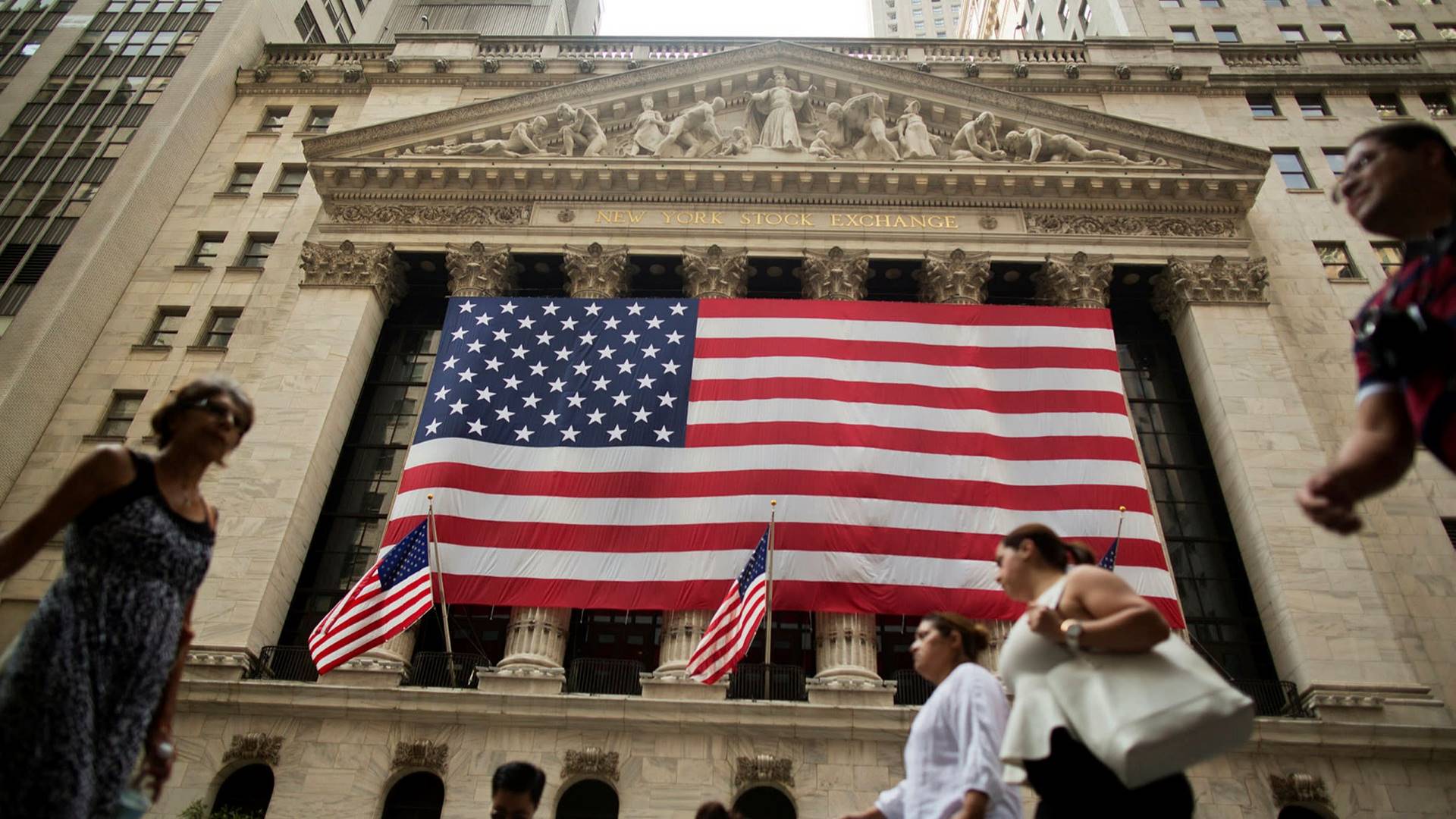Weak labor market conditions, increasing inflation pressures, rising energy prices rattle global markets

After a tumultuous week and massive losses in September, the global markets await the US job reports next week as they may shape the US Federal Reserve’s monetary policies in the coming months.
Increasing inflation pressures on world economies, rising energy prices, uncertainties in Asia amid Chinese real estate developer Evergrande, and the Fed signaling to begin tapering — the process of scaling back its $120 billion worth of monthly bond purchases — have recently created high volatility in global markets.
US stock markets ended September with their worst monthly loss of 2021 so far. While the Dow Jones fell 4.3% last month, the S&P 500 declined 4.8% for its largest drop since March 2020. The Nasdaq plummeted 5.3% — its worst September in a decade.
European indices also had massive losses, with the STOXX index plummeting 3.8%, while Germany’s DAX 30 and France’s CAC 40 losing around 3.4% each, according to data.
Energy prices soar
There has been a lot of uncertainty about when central banks of major economies would raise interest rates amid rising inflation and energy prices. Still, the high level of unemployment and weak labor market conditions continue to be significant obstacles.
Oil prices have recently climbed to their highest level in three years as the international benchmark Brent crude price hit $80.75 per barrel on Tuesday — its highest level since October 2018.
The Organization of the Petroleum Exporting Countries (OPEC) will hold its ministerial meeting on Monday. The global oil market expects the group to discuss increasing oil production to meet the post-pandemic period’s surging demand caused by normalization.
Natural gas prices in Europe hit a fresh record of 100 euros ($116) this week, posing a risk against economic recovery and heating before the winter season.
On the labor market front, Euro area unemployment stood at 7.5% in August 2021, with EU unemployment at 6.8%, according to Eurostat, the statistical office of the EU.
The unemployment rate in the US stood at 5.2% in August after the world’s largest economy could only add 235,000 jobs that month, according to the latest figures of the US Labor Department.
Job openings in the US, on the other hand, hit a new record of 10.9 million in July, suggesting that there is an uneven recovery from the coronavirus pandemic in the US economy.
US private payrolls for September will be announced on Wednesday at 8.15 a.m. EDT (1215 GMT), which is expected to come at 430,000 — higher than 374,000 in August if realized.
Nonfarm payrolls for September will be released on Friday at 8.30 a.m. EDT (1215 GMT). The jobs data that the Fed watches very closely is estimated to come at 460,000, after posting a weak increase of only 235,000 in August.
These 5 charts show how Merkel changed Germany: In Pics & Stats
Timeline of Fed tapering
The US central bank is awaiting a solid gain in jobs report beginning its tapering process, which could either start by November or December latest.
The Fed Chair Jerome Powell said last week tapering might conclude by mid-2022, which gives the bank around eight months to end its $120 billion monthly asset purchases if it cuts them by $15 billion each month.
The central bank also signaled on Sept. 22 after its two-day meeting that it projects the first rate hike to come in 2022 and expects to make four more interest rate increases in 2023, instead of its earlier estimate of two made on June 16.
Those expectations have pushed the US dollar index, which includes a basket of currencies like the euro, the Japanese yen, British pound, Canadian dollar, Swedish krona, and Swiss franc, to climb as high as 94.50 on Sept. 30 – its highest level since September 2020.
The yield on 10-year US Treasury notes also hit %1.567 on Sept. 28, marking its highest level since June 6 this year.
The VIX volatility index, known as the fear index, climbed above the critical level of 20 after jumping 24% in a single session on Tuesday.
Modi at Quad summit: The China factor in Delhi’s Indo-Pacific strategy
High inflation to persist
Inflation is expected to remain high around the world throughout the first half of 2022, at least until labor markets show some sign of recovery.
The European Central Bank (ECB) and the US Federal Reserve are awaiting improvement in employment data before raising interest rates that could come at the end of 2022 by the earliest, given the current weak labor market conditions.
The ECB President Christine Lagarde said on Sept. 16 that she expects the eurozone economy to recover quicker than expected from the coronavirus pandemic amid fast vaccination and said Wednesday energy prices are expected to decline in the first half of 2022.
The Fed Chair Powell, however, also said Wednesday production bottlenecks and supply chain problems would continue next year, holding up inflation longer than earlier estimates.
Powell also hinted that the Fed may raise interest rates to bring inflation under control if prices increase to unsustainable levels, but added that he hopes the central bank would not need to balance inflation and rate hikes, which he referred to as “the difficult trade-off of having the two goals in tension.”
Napomena o autorskim pravima: Dozvoljeno preuzimanje sadržaja isključivo uz navođenje linka prema stranici našeg portala sa koje je sadržaj preuzet. Stavovi izraženi u ovom tekstu autorovi su i ne odražavaju nužno uredničku politiku The Balkantimes Press.
Copyright Notice: It is allowed to download the content only by providing a link to the page of our portal from which the content was downloaded. The views expressed in this text are those of the authors and do not necessarily reflect the editorial policies of The Balkantimes Press.
